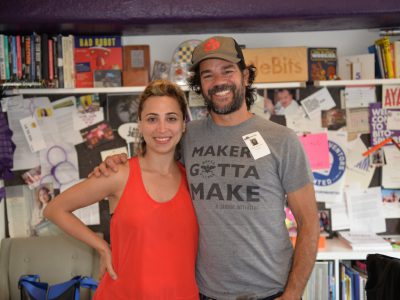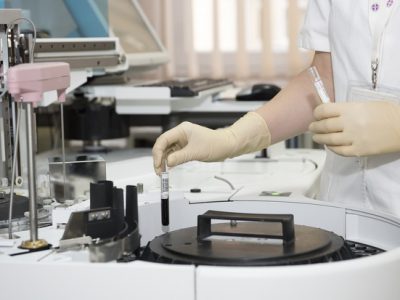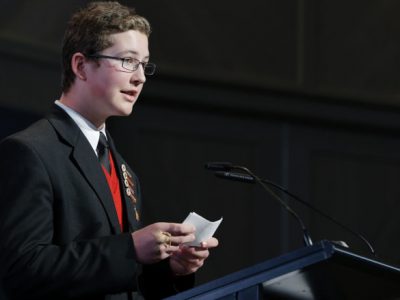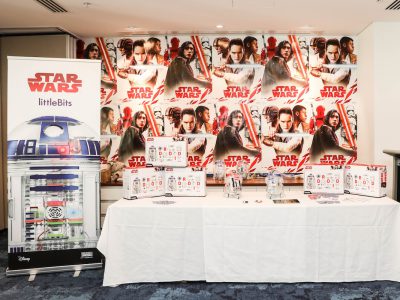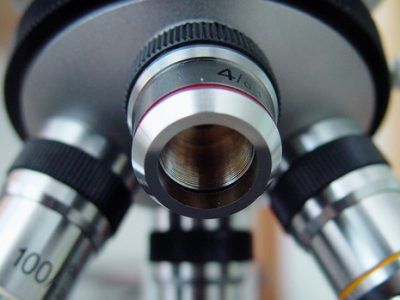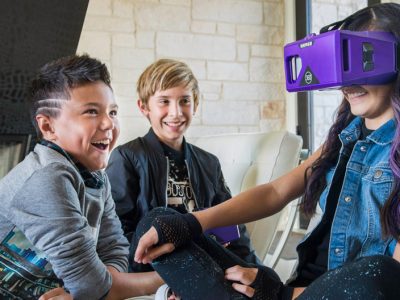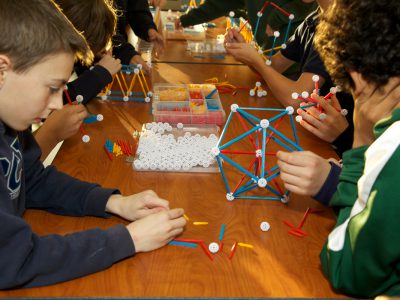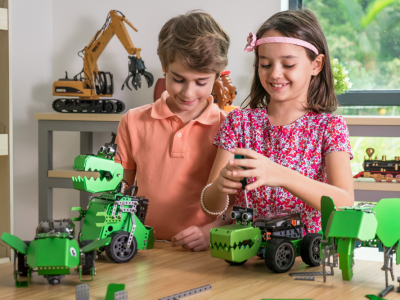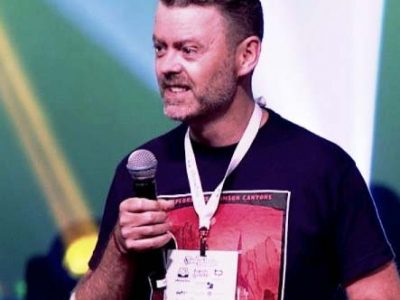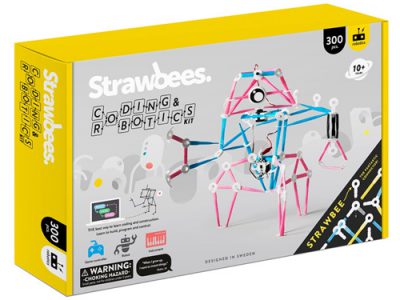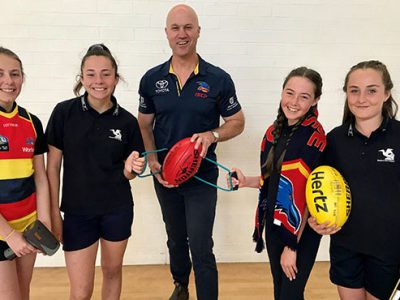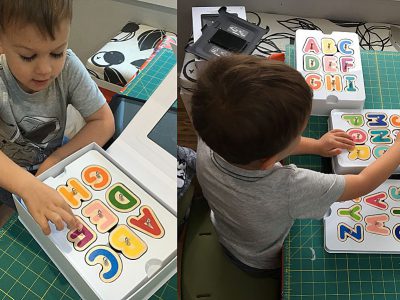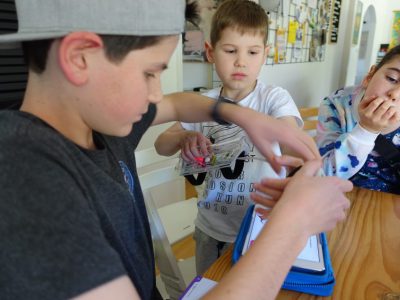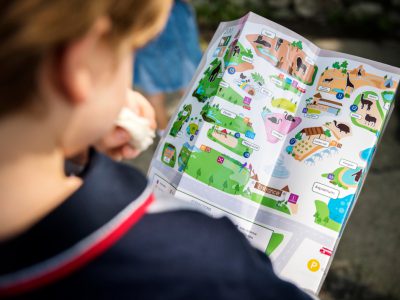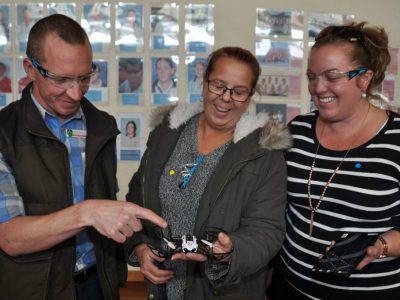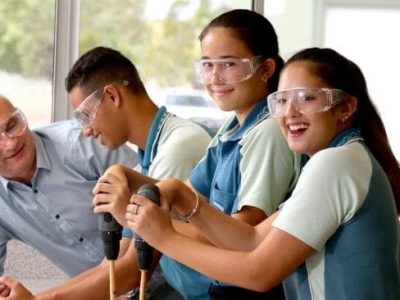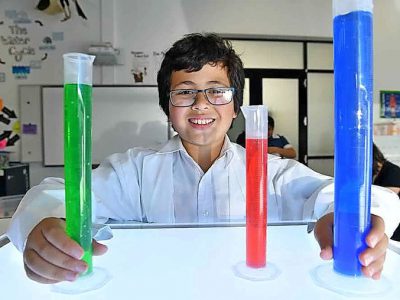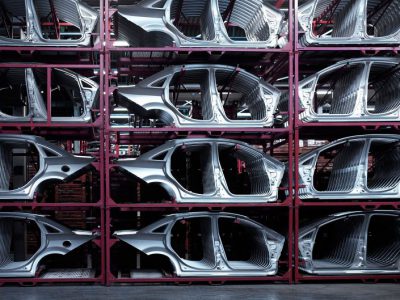Posted on smh.com.au, October 27 2016
If our Committee for Economic Development of Australia (CEDA) report is right that 40 per cent of jobs existing today will be gone within 10 years, children now in primary school need an education that prepares them for a very different future.
One response is a greater emphasis on STEM (science, technology, engineering and maths) learning in schools. This is commendable and necessary, but not enough on its own.

There is no doubt that STEM workers will be in demand in the years ahead, and that they will play an important role in Australia’s transition from a resources-based economy to a knowledge-based one.
But as well as these sorts of “hard” skills, our education systems – from primary school through to university – also need to nurture what we call “boundary-crossing” skills, such as critical and creative thinking, along with an entrepreneurial mindset.

It is only then that Australians will turn their knack for invention into what can truly be called innovation, providing the underpinnings for success in a competitive global economy.
So how can the education sector contribute to a more innovative Australia?
There are lessons to be drawn here from other countries such as Israel, in particular the close collaboration between its education sector and the entrepreneurial community.
Entrepreneurism is embedded in all facets of Israeli culture – including education from a very young age. There, both STEM learning and entrepreneurial education are introduced to children as young as six.

Israel’s science and technology education centre, Technoda, is regarded as the gold standard in cross-sector collaboration, attracting more than 30,000 children each year and providing STEM enrichment classes within school hours.
This sort of integration is something Australia sorely needs. It is starting to happen, with organisations such as Code Camp offering a similar program but on a much smaller scale and via holiday programs.
Inspired by the Technoda approach, UTS Business School has created for Spark Festival this week a STEAM “pop-up space” at the Powerhouse Museum for year 7 to 9 students (adding arts and design to the STEM mix). Students will also be able work on business ideas in a “fish tank”. About 1000 students from western Sydney will be taking part.
At the allied futures.edu conference, the floor will be opened up to students to talk about how they see creativity and entrepreneurship as part of their futures.
There are exciting opportunities for traditional primary and secondary school curriculums to be augmented by STEM, or STEAM, programs – ones in which science and technology is an enabler but in which attributes such as creativity and communication are also in the mix.
This could involve new partnerships with “edu-start-ups” and entrepreneurs, to augment the delivery of curriculums.
Already, students at Tempe High School in Sydney are reaping the benefits of increased entrepreneurial presence in the classroom.
Quberider, an edu-start-up that allows schools to send experiments into space, is helping its students better to understand space-age concepts.
At Merrylands East Public School, students are connecting with organisations such as software developer Atlassian and Social Ventures Australia, while at Riverside Girls High the STEM program includes a design thinking boot camp.
While these innovative schools represent pockets of excellence, the challenge is to scale this across the schools sector, and to connect it up with the tertiary sector.
There has been an upsurge in entrepreneurial programs at universities – including business incubators and UTS’ new MBA in entrepreneurship – but education in innovation must start much earlier.
Children and young people transitioning from kindergarten to primary and on to secondary school in 2016 will need to develop very different skills to prosper in the coming decades.
STEM learning and the National Innovation and Science Agenda are part of that, but so is being able to apply and commercialise the new technologies that will emerge from research and development.
It’s time for Australia to take a “systems” approach to innovation, rather than a purely linear one, if we are to use our budding scientists, engineers and mathematicians to best effect.
Futures.edu is part of Spark Festival Sydney, a celebration of Australian start-ups, supported by Jobs for NSW and the City of Sydney, which runs until October 30.
Roy Green is the Dean of the University of Technology Business School. UTS is spearheading the Education track of Spark Festival Sydney.



